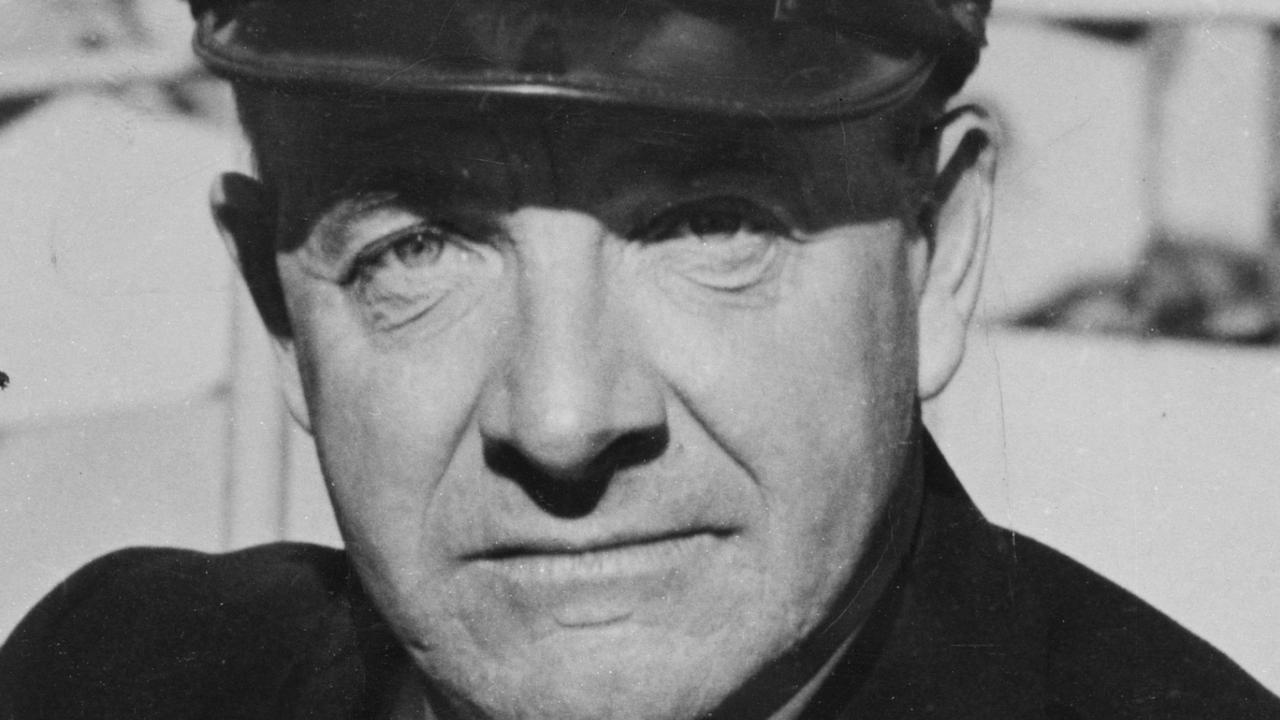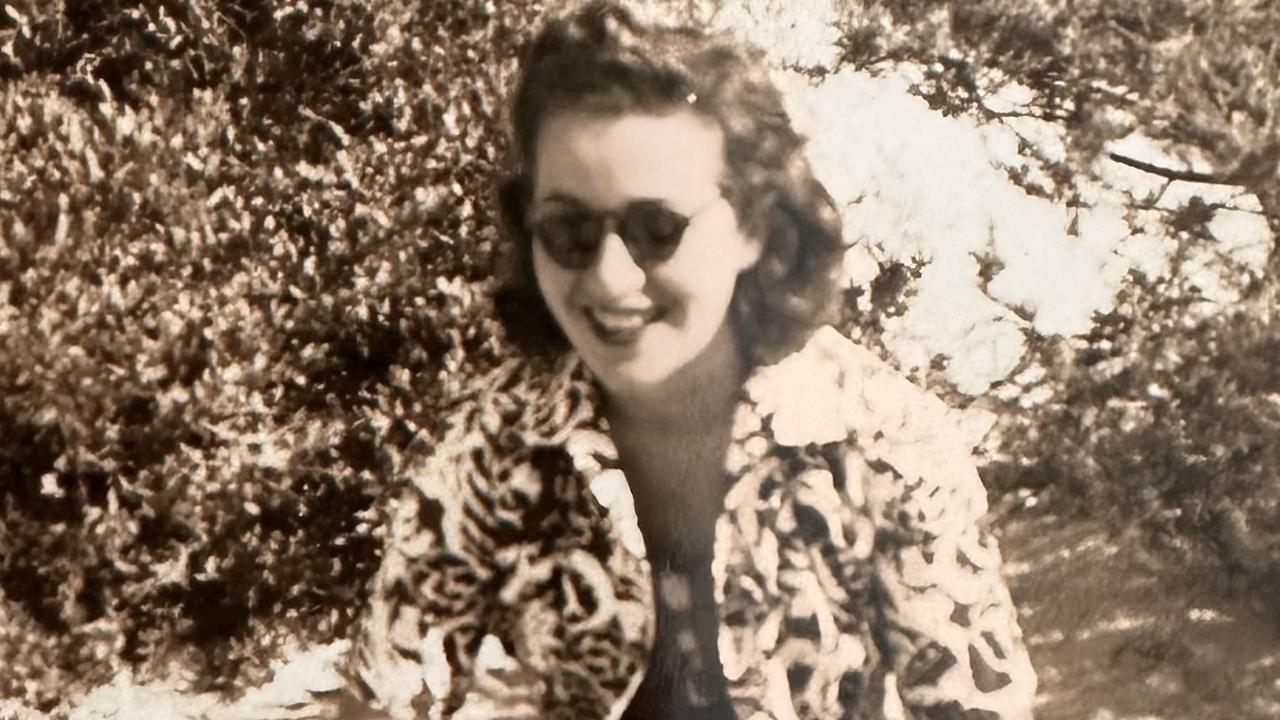Prime minister Ben Chifley was first Australian in post-war citizenship process
THERE were no women among the seven immigrants selected as Australia’s first naturalised citizens in February 1949.

Today in History
Don't miss out on the headlines from Today in History. Followed categories will be added to My News.
THERE were no women among the seven immigrants selected as Australia’s first naturalised citizens in February 1949, although twice-bereaved widow and mother Ann Day was one of four Australians conferred citizenship of her homeland.
With Australia officially populated by either British subjects or “foreign aliens”, then prime minister Ben Chifley became Australia’s first legal citizen at a presentation in Canberra by Immigration Minister Arthur Calwell.
Calwell proposed to Federal Cabinet in 1946 that “Australian nationality” be defined in law, following a Canadian decision in September 1945 to introduce legislation for Canadian citizenship.
New citizenship questions that put “Australian values at the heart of the citizenship process”, as proposed by Prime Minister Malcolm Turnbull, continue 162 years of debate over who is entitled to permanent residence rights in Australia.
The “influx of American citizens to the neighbouring colony of Victoria”, lured by the gold rush, raised “the rights of foreigners as a question of great political moment” in 1855. NSW and Victorian laws, allowing “aliens” to hold any property, and own real estate for 21 years, were considered more favourable to foreigners than US laws. A newspaper editorial in September 1855 urged, “Let us convert the Frenchman and the American, the German and the Italian, the Pole and the Hungarian, into Australians.” The status of non-European and Chinese, or celestial, residents, was more ambiguous.

But in June 1859, Castlemaine resident George Smith wrote about helping “respectable Chinese resident” Chin Wing acquire official naturalisation, with “the rights of a British subject”.
With plans for an Australian federation, in 1897-98 Australasian Federal Convention delegates were undecided on citizenship, preferring to preserve British nationality and British subject status. Australians remained British subjects under the Australian Constitution, which had no definition
of citizenship, nor power over it. Non-Australian born citizens were eligible for naturalisation; among 343 accepted in 1904 were six carpenters, 14 farmers, 38 cooks and 13 miners. Foreign-born women who wed British subjects living in Australia gained their husband’s naturalisation.
Frank Love, a Ballarat resident of 40 years, was trapped in the “anomalies of the immigration act” in 1906, when he wanted to visit his native Goa, then return to Australia. His naturalisation was “refused, on the ground that an aboriginal native of Asia or Africa was not eligible”. Although Love protested his grandparents were Portuguese, the immigration department refused a review. Music teacher Karl Hentschel, who had lived with his English wife and two children at Randwick and Edgecliff, and described himself as a German subject, was denied naturalisation in May 1913, six months before he faced espionage charges in London.
Citizenship laws giving Australia and New Zealand national status were formulated in London in 1947, as Tweed Heads resident Suyeakchi Yamada, 74, had his naturalisation rejected. “I thought I would have another go after the war ended,” said Yamada, who first applied 30 years earlier. Yamada, who arrived in Queensland to cut cane in 1896, was interned twice during World War II, along with some Japanese who held naturalisation, and argued he was “a good Australian who pays his rates and income tax”.

Calwell announced a bill “enabling Australia to proclaim its own national citizenship” in October 1948, to take effect on Australia Day, 1949. Those born outside the Commonwealth who lived in Australia for five years could apply for Australian citizenship.
The first ceremony was held at Canberra’s Albert Hall on February 3, 1949. Honorary certificates were conferred on former Solicitor General and an author of the Constitution, Robert Garran, who did not attend; World War I VC recipient and Queensland grazier Edgar Towner, and the only woman, Ann Day, whose husband Donald Fowler Day was killed in World War I while serving as a pilot. Her son Graham, 20, a flight-sergeant, died on Christmas Eve, 1944, in an aircraft crash at Oostelbeers, Holland.
Calwell then introduced “seven men from seven different countries who intend, of their own free choice, to become Australian citizens”.
The first to pledge allegiance was Czech eucalypt distiller John Jandura, from the ACT, then Queenslander Angelo Muguira, a sugar field worker from Spain; Danish-born musical-instrument maker Poul Marvig, from Vaucluse in NSW; Greek cafe proprietor Michalos Black, from Victoria; South Australian Leon Durand, an electrician from France; Mladen Bumbak, a market gardener from Yugoslavia resident in Western Australia, and Tasmanian Thiel Marstrand, a factory manager from Norway.
Originally published as Prime minister Ben Chifley was first Australian in post-war citizenship process


